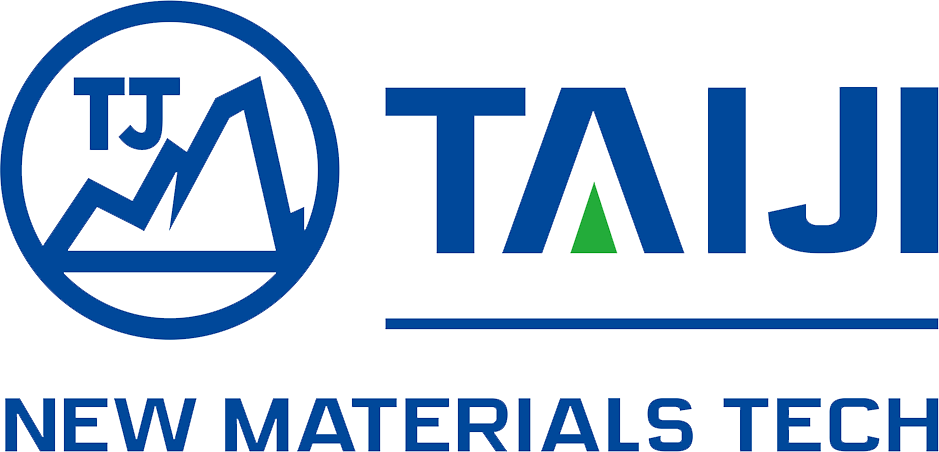What Is Geomembrane?
Release time:
2024-08-30
A geomembrane is a type of synthetic membrane with a very low permeability, used primarily as a barrier to prevent the movement of fluids, gases, or contaminants. Geomembranes are commonly made from polymeric materials such as high-density polyethylene (HDPE), polyvinyl chloride (PVC), low-density polyethylene (LDPE), and ethylene propylene diene monomer (EPDM), among others.
A geomembrane is a type of synthetic membrane with a very low permeability, used primarily as a barrier to prevent the movement of fluids, gases, or contaminants. Geomembranes are commonly made from polymeric materials such as high-density polyethylene (HDPE), polyvinyl chloride (PVC), low-density polyethylene (LDPE), and ethylene propylene diene monomer (EPDM), among others.
Key Characteristics of Geomembranes:
Low Permeability: Geomembranes are designed to prevent liquids or gases from passing through, making them ideal for containment purposes.
Durability: They are resistant to chemical attack, UV radiation, and environmental factors like temperature changes and pressure, which makes them last long in harsh conditions.
Flexibility: Depending on the type of polymer used, geomembranes can be flexible and easily conform to different surfaces, including uneven or rough terrains.
Applications of Geomembranes:
Environmental Protection and Containment:
Landfill liners and covers: Geomembranes are used to line the base of landfills and cover them after closure, preventing leachates from contaminating groundwater.
Mining operations: Used as barriers in heap leach pads and tailings dams to contain mining byproducts.
Water reservoirs and ponds: Prevent water loss in man-made reservoirs, irrigation ponds, and aquaculture.
Waterproofing:
Tunnels and foundations: Applied in construction to provide waterproofing solutions in tunnels, basements, and other structures where groundwater protection is required.
Dams and canals: Used in lining the sides and bases of dams and canals to prevent seepage, thus conserving water and maintaining the structural integrity of the dam.
Wastewater Treatment:
Geomembranes are employed in the containment of wastewater in treatment plants, helping to manage and control seepage from treatment lagoons or ponds.
Secondary Containment:
In industrial settings, geomembranes are often used as secondary containment systems for fuel storage, chemical containment, or other hazardous substances to prevent environmental contamination.
Types of Geomembrane Materials:
HDPE (High-Density Polyethylene): Known for its chemical resistance, UV protection, and durability. It is widely used in harsh environments, such as landfills and mining operations.
PVC (Polyvinyl Chloride): More flexible than HDPE, often used in applications that require the geomembrane to conform to complex shapes, such as ponds or small containment areas.
EPDM (Ethylene Propylene Diene Monomer): Highly flexible and resistant to weathering, used in applications like roofing membranes, ponds, and water reservoirs.
LDPE (Low-Density Polyethylene): More flexible than HDPE but with slightly lower chemical and UV resistance. It is used in smaller-scale containment projects.
In summary, geomembranes play a crucial role in environmental protection, water conservation, and construction by providing durable, impermeable barriers that contain or direct liquids and gases.
Latest information
What is the fabric of laminated mesh? Characteristics of laminated mesh
What is mesh fabric? Mesh fabric is actually a kind of PVC fabric, which is a kind of product made of transparent PVC film and mesh fabric laminated together. Through the PVC film can clearly see the middle of the grid mesh, there is a strong three-dimensional feeling, feel soft and hard moderate, is an environmentally friendly low toxicity products, all using new material production, can be used in the outdoor for 3-5 years.
2024-12-20
The characteristics and uses of glass fiber fireproof cloth
Glass fiber fireproof cloth is mainly made of fire-resistant glass fiber cloth with special technology treatment.
2024-11-23
Introduction to the use of plastic coated tarpaulins
What is plastic coated tarpaulin, plastic coated tarpaulin is characterized by water-proof, mildew-proof, cold-proof, aging-proof and anti-static properties; in addition, the breaking strength, tear elongation and tear strength of the product are far better than the traditional tarpaulin. The special surface treatment plays an anti-slip role. It can be customized according to customers' length and width, which are very large. When processing plastic coated tarpaulin, it can reduce seams and improve quality. It can be stitched by heat sealing, avoiding the worry of sewing pinhole leakage. Different features, colors and thicknesses can be customized according to user needs.
2025-02-26
What Is The Role Of Geomembrane?
The role of a geomembrane is to serve as a protective barrier, primarily used to control the movement of fluids and gases within various construction and environmental projects. Its main function is to contain or prevent the seepage of liquids, gases, or contaminants, ensuring that environmental systems, structures, and industrial processes remain safe and effective.
2025-02-26
The Significance Of Geomembrane To Construction Projects
Geomembranes are synthetic membranes with very low permeability, primarily used in construction projects to control the movement of fluids and gases. They play a critical role in a variety of construction projects due to their versatility, durability, and resistance to chemicals. Here’s why geomembranes are significant in construction:
2024-09-08
A geomembrane is a type of synthetic membrane with a very low permeability, used primarily as a barrier to prevent the movement of fluids, gases, or contaminants. Geomembranes are commonly made from polymeric materials such as high-density polyethylene (HDPE), polyvinyl chloride (PVC), low-density polyethylene (LDPE), and ethylene propylene diene monomer (EPDM), among others.
2024-08-30







